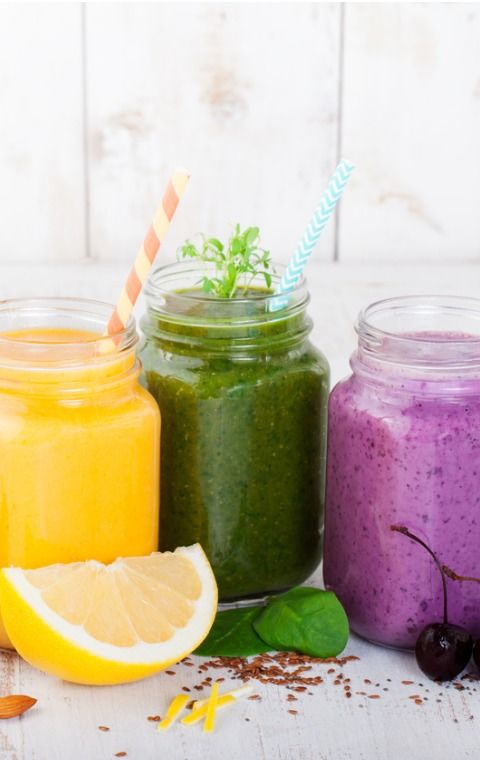What is mastitis?
Mastitis is when your breast becomes red, hot, inflamed and painful. It is most common in breastfeeding women, usually during the first three months after giving birth, however women who are not breastfeeding and men can also get it.
You might notice a lump and some redness around the sore area. Sometimes the inflammation turns into an infection. Mastitis can make you feel achy and run down, with flu-like symptoms or a fever.
Causes of mastitis
Mastitis is common in breastfeeding women as it can be caused by a build-up of milk when the milk in your breast builds up faster than it is being removed. This causes a blockage in the milk ducts and can be caused by:
- Your baby not latching on properly
- Missing feeds, or not feeding often enough
- Feeding from one breast more often than the other
- An injury that damages a milk duct or gland
Women who are not breastfeeding can also get mastitis, as can men. This can happen due to:
- Smoking – toxins found in tobacco can damage breast tissue
- Damage to the nipple, such as a piercing or skin condition like eczema
- Breast implant
- A weak immune system due to a health condition (e.g. diabetes)
- Shaving or plucking hairs from around your nipples
Symptoms of mastitis
Mastitis generally only affects one breast (but can affect both) and symptoms often come on quite quickly. Symptoms include:
- A red, swollen area on the breast that may feel hot and painful to the touch
- A wedge-shaped breast lump or a hard area on your breast
- A burning pain in the breast that might be constant or only when you breastfeed
- Nipple discharge which may be white or contain streaks of blood
- You may also get flu-like symptoms such as aches, high temperature, chills, feeling tired, run down and generally feverish
What can I do?
You can help to ease the symptoms of mastitis by doing the following:
- Soak a cloth in warm water and place it on your breast to help relieve the pain
- Take a warm shower or bath
- Rest and drink plenty of fluids
- Take paracetamol or ibuprofen to reduce any pain or fever
- If you are breastfeeding, continue to breastfeed, starting feeds with the sore breast first
- Express milk from your breast between feeds
- Massage the breast to help clear any blockages – stroking from the lumpy or painful area towards the nipple to help the milk flow
- Make sure your baby is latched on properly and aim to feed 8 to 12 times a day (including at night)
- Do not wear tight-fitting clothing or bras until you feel better
- Do not take aspirin
When to see a GP
- If you do not feel better within 24 hours despite continuing to breastfeed
- If you get mastitis and you are not breastfeeding
- If your symptoms do not get any better 48 hours after taking antibiotics
A GP will usually prescribe antibiotics. If you are breastfeeding, a very small amount of the antibiotic may go into your breast milk. There is no risk to your baby, but it may make them irritable and restless.
What to do if mastitis comes back
If you are breastfeeding and keep getting mastitis, it might be due to problems with positioning and attaching.
If you have any breastfeeding problems, it's important to ask for help from a midwife, health visitor or a breastfeeding specialist as soon as possible.
Preventing mastitis
Here are some of the ways you can reduce the risk of mastitis in the first place:
- If possible, breastfeed exclusively (avoid using first infant formula to top up, or a dummy)
- Feed frequently and on demand – long gaps in between feeds can create a build-up of breastmilk
- Ensure your baby latches on properly – try different breastfeeding positionsto figure out which is most comfortable
- Wait for your baby to finish feeding – usually, they will release when they are finished
- When you want to stop breastfeeding, try cutting down your feeds gradually, rather than suddenly going longer between feeds
- Avoid tight clothing and bras. If possible, wear loose clothes that do not put pressure on your breasts
Information sourced from NHS

